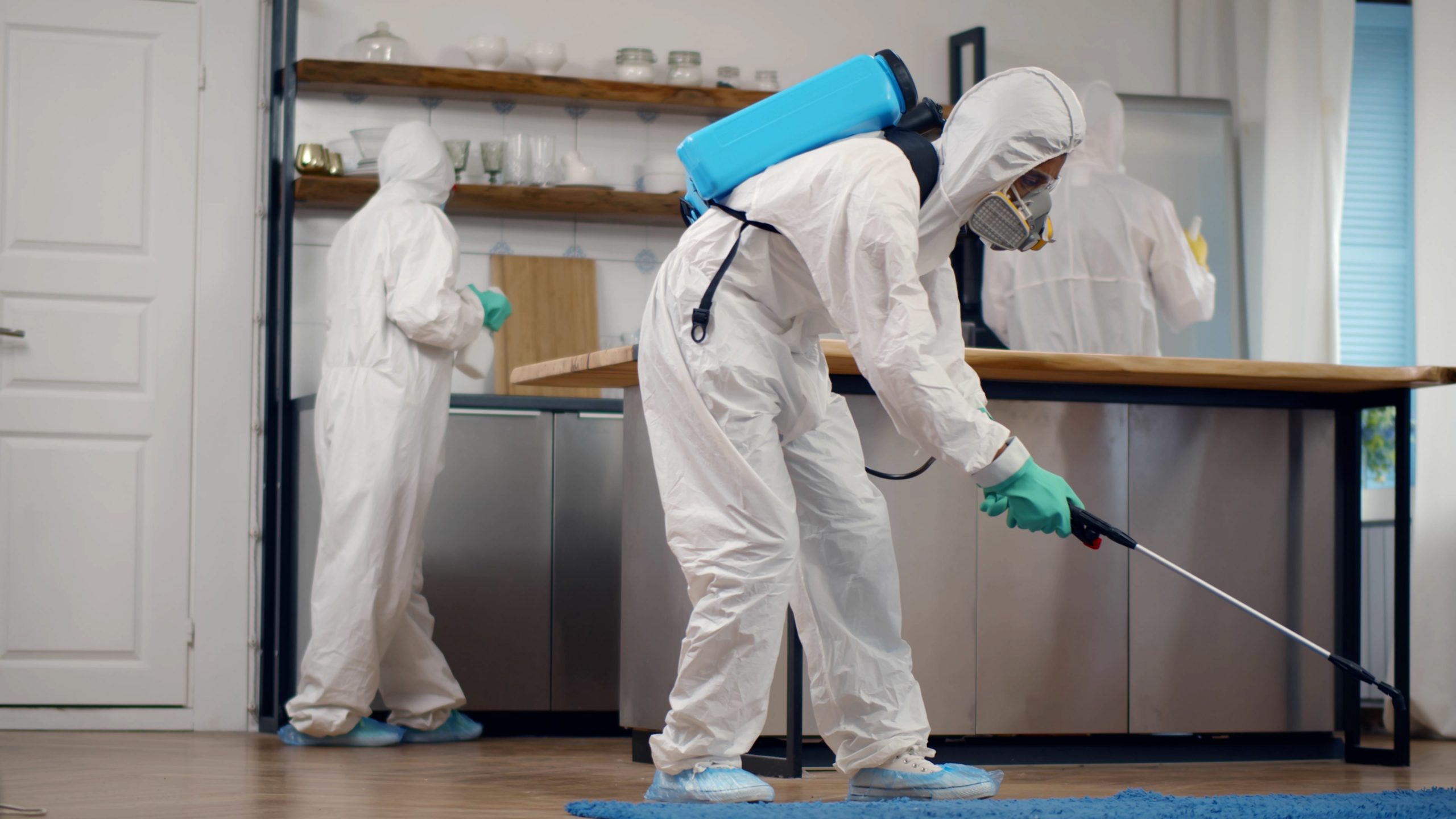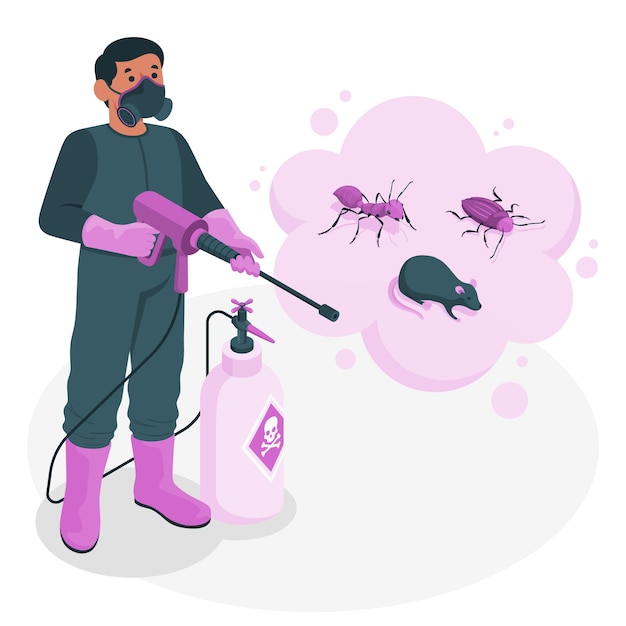Top Coquitlam Pest Control Solutions for a Rodent-Free Home
Safe and Trusted Pest Control for Lasting Defense
Effective parasite monitoring requires a complex strategy that balances ecological honesty with the need for reliable insect reductions. The nuances of these techniques might not be promptly clear, motivating a more detailed exam of the practices that can lead to lasting parasite control end results.
Understanding Pest Control Approaches
Bug control incorporates a variety of techniques focused on managing and getting rid of undesirable pests and rodents that can endanger both wellness and home. Comprehending these methods is crucial for effective bug monitoring.
The primary groups of parasite control approaches include mechanical, biological, and chemical methods. Mechanical approaches include physical obstacles and catches to stop parasite entrance and capture unwanted varieties. As an example, using displays on home windows or employing sticky catches can considerably lower parasite populaces without introducing unsafe materials.

Chemical parasite control is frequently one of the most recognized method, utilizing chemicals to remove insects. These chemicals can be effective however must be utilized with caution to stay clear of damaging impacts on non-target species and the setting.
Benefits of Eco-Friendly Solutions
How can environmentally friendly remedies change bug control techniques? The fostering of environment-friendly bug control techniques supplies countless advantages, dramatically boosting the efficiency and safety of insect monitoring (exterminator coquitlam). These options make use of all-natural active ingredients, lowering the reliance on unsafe chemicals that can position threats to human health and wellness and the setting. This shift not just shields family members and family pets however also decreases the capacity for soil and water contamination.

An additional advantage is the favorable effect on neighborhood biodiversity. Green solutions are designed to target particular bugs while maintaining beneficial bugs and wildlife, promoting a well balanced ecosystem. This method straightens with the growing consumer demand for sustainable methods, improving the reputation of insect control carriers.
Integrated Insect Monitoring Techniques
The implementation of environmentally friendly services normally results in the adoption of Integrated Parasite Monitoring (IPM) methods, which even more boost bug control effectiveness. IPM is an all natural technique that integrates numerous strategies to handle bug populations while decreasing environmental influence. This strategy stresses the usage of biological, cultural, mechanical, and chemical controls, making certain a balanced and sustainable technique of insect management.
One fundamental element of IPM is the extensive analysis of insect task and ecological conditions. By monitoring parasite populations and identifying their life process, practitioners can execute targeted treatments that interfere with the pest's environment or lifecycle, reducing dependence on chemical pesticides. Additionally, social practices such as crop turning and habitat adjustment can substantially reduce bug establishment and reproduction.
An additional essential part is using biological control representatives, such as helpful pests or bacteria, which can naturally suppress insect populaces. When chemical applications are necessary, IPM focuses on using low-risk pesticides and applies them selectively, minimizing direct exposure to non-target organisms and human beings.
Integrating IPM strategies not only improves pest control effectiveness yet likewise promotes a much safer ecosystem, aligning with the expanding demand for sustainable practices in parasite management.
Safe Practices for Homeowners
Understanding the significance of secure methods in insect control can encourage homeowners to successfully manage insect concerns while safeguarding their wellness and the atmosphere. Carrying out safe approaches and precautionary procedures is important in minimizing direct exposure to damaging chemicals.
Property owners should first examine their setting for conditions that draw in parasites, such as standing water, clutter, and food waste. Frequently cleaning and sealing access factors can prevent pests from getting into the home. Using natural deterrents, such as vital oils or diatomaceous earth, can give effective choices to chemical pesticides.
When chemical therapies are essential, home owners should go with products that are specifically labeled as safe for household use. It is vital to comply with application standards diligently to avoid overexposure. Making use of targeted therapies in areas where parasites are identified, rather than covering spraying, can significantly lower chemical usage.
Finally, maintaining open communication with bug control professionals is essential. Homeowners need to ask about the security of items used and request environmentally friendly alternatives whenever feasible. By adopting these safe practices, house owners can develop a much healthier living setting while properly taking care of insect issues.

Tips for Long-Term Protection
Developing an insect administration strategy pest inspection that stresses lasting security can considerably boost the efficiency of the risk-free methods previously reviewed. To accomplish this, home owners must implement regular assessments of their building, concentrating on hidden areas such as attics, cellars, and crawl spaces. Early detection of pest activity is crucial in stopping infestations from taking hold.
These methods reduce attractants that attract click this pests right into the home. Securing entry factors, such as cracks around windows and doors, can efficiently block prospective insect accessibility.
Landscape design must additionally be thought about; keeping plants cut and maintaining a range between plants and the home minimizes hiding spots for insects. Using natural deterrents, such as vital oils or diatomaceous earth, can additionally inhibit infestations without turning to harsh chemicals.
Finally, teaming up with an expert bug control solution for routine analyses can give an additional layer of safety and security. These specialists critter control can supply customized suggestions and progressed treatments, making sure that your home continues to be shielded against pests in the long-term.
Verdict
In conclusion, reliable and safe parasite control needs a diverse approach that stresses eco-friendly approaches and integrated parasite management. By implementing all-natural deterrents, conducting regular examinations, and maintaining proper cleanliness, building proprietors can considerably decrease pest populations while securing advantageous insects and the setting. Collaboration with professional parasite control services enhances the effectiveness of these strategies, ensuring customized services that provide enduring defense and tranquility of mind against future infestations.
Effective pest management calls for a multifaceted strategy that balances eco-friendly honesty with the need for effective parasite reductions. The adoption of environment-friendly bug control techniques offers various benefits, substantially improving the efficiency and safety and security of insect monitoring.The execution of environmentally friendly services naturally leads to the adoption of Integrated Bug Administration (IPM) approaches, which additionally enhance parasite control efficacy. exterminator coquitlam. By monitoring pest populaces and determining their life cycles, professionals can execute targeted interventions that interfere with the bug's habitat or lifecycle, reducing dependence on chemical pesticides.In conclusion, reputable and secure insect control requires a complex method that emphasizes green approaches and incorporated insect monitoring